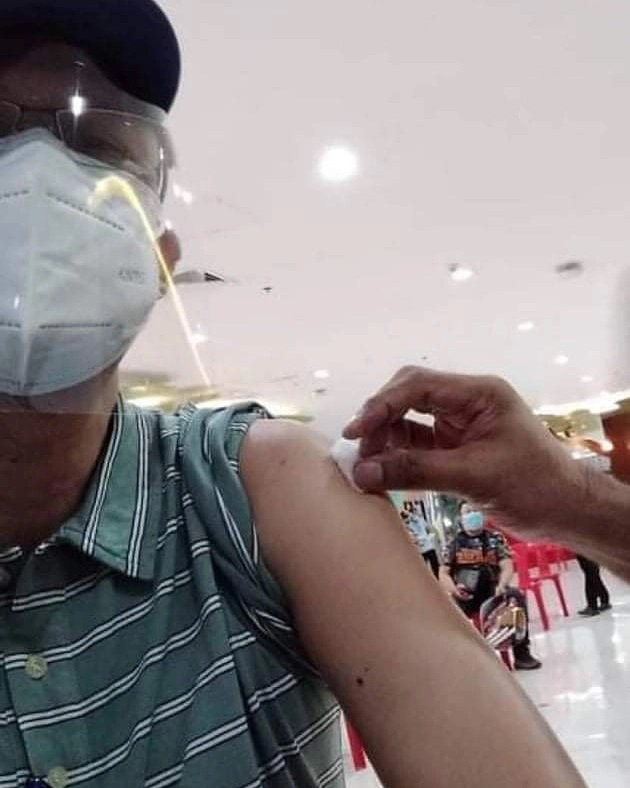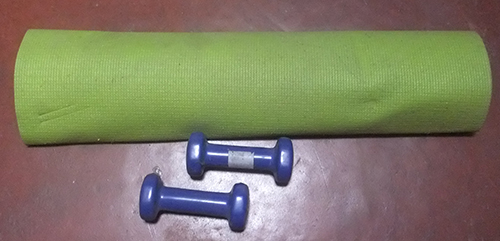Five years ago, I underwent a total abdominal hysterectomy to save my life. Surgeons removed my uterus, ovaries, fallopian tubes, and cervix to prevent further health complications.
Making this decision would have been much harder if I were still of childbearing age. However, since I was already in my late 40s and unlikely to conceive, I opted for surgery as a life-saving treatment rather than prolonging my suffering.
The Ordeal
For years, I endured painful and prolonged menstruation that significantly impacted my daily life. By late 2015, my condition had worsened. In January 2016, I was admitted to the hospital for a dilation and curettage (D&C) and a blood transfusion for anemia. I hoped these treatments would resolve my condition, but they only provided temporary relief.
A private hospital doctor recommended an abdominal hysterectomy to treat my endometriosis. However, the procedure was costly, and with our family relying on a single source of income, we could not afford it immediately.
Three weeks after my D&C, I experienced profuse bleeding again. This time, we sought treatment at the nearest government hospital to reduce costs. The doctors explained the potential complications of a hysterectomy and initially recommended a non-invasive treatment instead.
I was prescribed Visanne (Dienogest) for six months, which temporarily stopped my painful monthly periods. However, a month after completing the treatment, the bleeding returned. I waited three more months before finally deciding to undergo the surgery. By then, we had raised enough funds for the operation.
(Dienogest, marketed as Visanne, is used for the treatment of endometriosis. Read more here: Dienogest – Wikipedia)
Preparing for Surgery
Before undergoing surgery, I researched hysterectomy, its advantages, and its potential risks. I also found helpful insights from a support group for hysterectomy patients. It took me several weeks to finalize my decision, but I was determined to change my life for the better.
I consulted with my OB-GYN, bringing all my medical records to discuss everything—from what to expect before and after the surgery to hospitalization costs and the operation schedule.
My faith, the support of my family, and the prayers of close friends gave me the strength to face this journey.
The Operation Day
On December 13, 2016, my hysterectomy was performed at East Avenue Medical Center. The surgery went well, and thankfully, I did not require a blood transfusion. I am immensely grateful to the doctors, anesthesiologists, and nurses who played a crucial role in the successful procedure.
(Note: I had a photo of the removed reproductive organs from the surgery, but I have blurred it as it may be too graphic for some readers.)
Two days after the surgery, I started feeling much better, with no signs of complications such as fever or excessive pain. The doctors advised me to get up and walk to speed up recovery. I was discharged after five days.
Healing and Recovery
I made sure to follow my doctor’s advice, which made my recovery smoother. I had plenty of rest but also ensured I moved around the house. By my second week, I was already doing light chores. While there were occasional irritation and pain, they were manageable and subsided within minutes.
The Best Decision for My Health
Looking back, undergoing a hysterectomy was the best decision I made for my health. I no longer worry about uncontrollable bleeding or the risk of developing more serious conditions. My only concern now is recurring joint pain, a common issue after surgical menopause.
A Piece of Advice
Young women and those approaching menopause are at risk for conditions like endometriosis and adenomyosis. If you are experiencing similar symptoms, I strongly encourage you to consult a doctor. While reading medical articles can provide insight, professional medical consultation is always the best course of action to prevent complications.
I originally shared this story on my blog, mumwrites.com.










